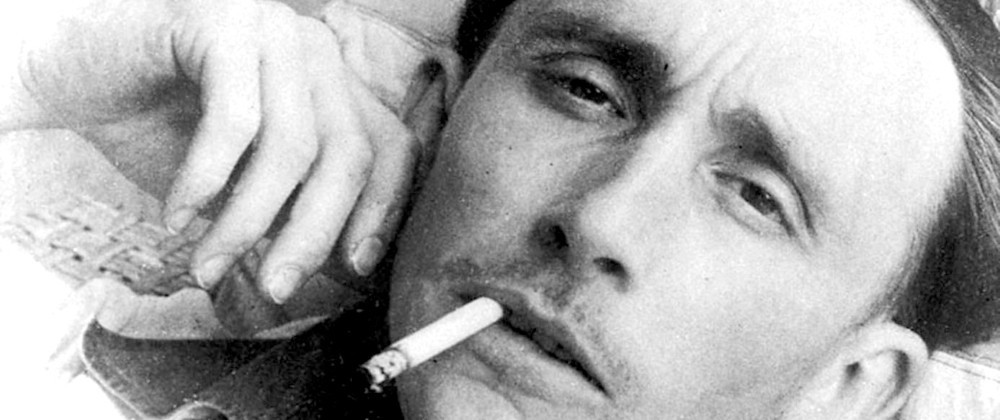André Bazin was a film critic, theorist, philosopher and humanist who wrote a series of essays between the years 1944 and 1958 outlining his theories.

Bazin opposes classical and expressive editing on the following counts. The geographically and psychologically logical cutting within a scene does not add anything to the intent of a scene, only adding emphasis. If the scene has only one simple meaning why insult the audience’s intelligence with needless and obvious close-ups? If the scene is complex why presuppose only one meaning? Expressive editing invents meaning through juxtaposition of the images and not through the images themselves, whilst removing the freedom on the part of the spectator to select for themselves.
Bazin is not against editing which forms the basis of film structure, but is against optical illusions (and expressive editing that adds meaning through the juxtaposition rather than content of each image). Bazin employs a simple aesthetic criteria for deciding when to edit: anytime two or more objects/subjects are necessary to the construction of meaning in a scene, depth of field is preferable over editing.
He splits directors into two groups: one which bases integrity in the images (Jean Renoir) and another in the reality (Sergei Eisenstein). Imagists can either fall into the category of working with plastics such as lighting or those that work with editing. Realists on the other hand choose not to distort time and instead attempt to depict true reality.
Bazin prefers that filmmakers use longer takes with less cuts so it appears more realistic and a deeper depth of field. He also prefers the audience to make their own judgements about what they are watching with the freedom to direct their own viewing process including what to look at, how long they should look at it and what they should look at first. His opinion on film is that it isn’t art, rather reality and that montage is misleading and falsifies what the audience are watching.